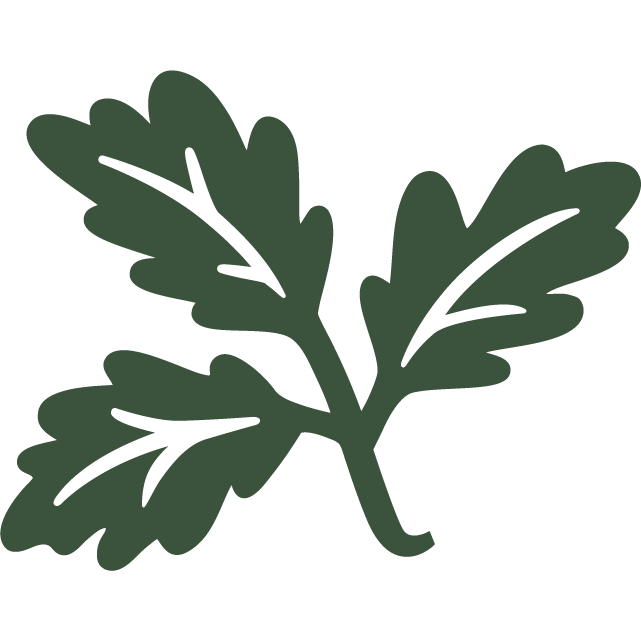Site Update: April 2021
- Post author By Alice Osborne
- Post date April 11, 2021
- No Comments on Site Update: April 2021
Woodland creation on Paradise Hill
On Paradise Hill we have planted 3,600 native broadleaf trees – and yours is one of them! We’ve planted a total of 12 different species including downy birch, maple, hornbeam, hazel, beech and an avenue of silver birch trees.
Shown below, from left to right, are examples of mature maple, oak and wild cherry trees that we have planted. Each of the saplings will be nurtured so they can deliver our vision for maximum carbon, wildlife and community benefit. We have numbered each individual tree and placed them on our database in preparation for transference to our digital tree tracker and engagement app, so you’ll be able to stay connected with your piece of climate restoration. We expect to launch this capability in the next quarter and we will write to you with more details.
Biodiversity restoration on Croscombe Hill
As for Croscombe Hill, it is currently being prepared for biodiversity restoration, with the lower field ground soon to be grazed by sheep and young cattle prior to its seeding with wildflower meadow and yellow rattle seed in April. The upper fields will be prepared over the summer to prepare for the autumn planting of new flora. In the next couple of months, local secondary students from Whitstone school in Shepton Mallet will be joining the Mendip Society to restore the onsite Edwardian dew pond for aquatic pond life and amphibious biodiversity.
Shown below are actual photos of the flora and fauna taken last summer at Croscombe Hill.
Croscombe Hill will see the planting of native wildflowers and wild grasses, the spreading of hay, selective grazing by suitable breeds of livestock, and ongoing maintenance to enhance biodiversity over time.
The species-rich environment will support pollinators such as bees and butterflies, which are essential to the environment, food and farming in the UK. Over the coming months, the majority of the site will be nurtured for increased biodiversity, alongside plans to plant a number of trees later in the year. We expect the site will start to show the signs of restoration within two growing seasons.
The land will be constantly alive and working to not only offset your carbon footprint, but also to encourage you, your family and friends to wander around and enjoy the site. There will be various information boards, pathways, circular walks and seating for recreational use. We’re committed to working in collaboration with our local community as well as our local environment.


